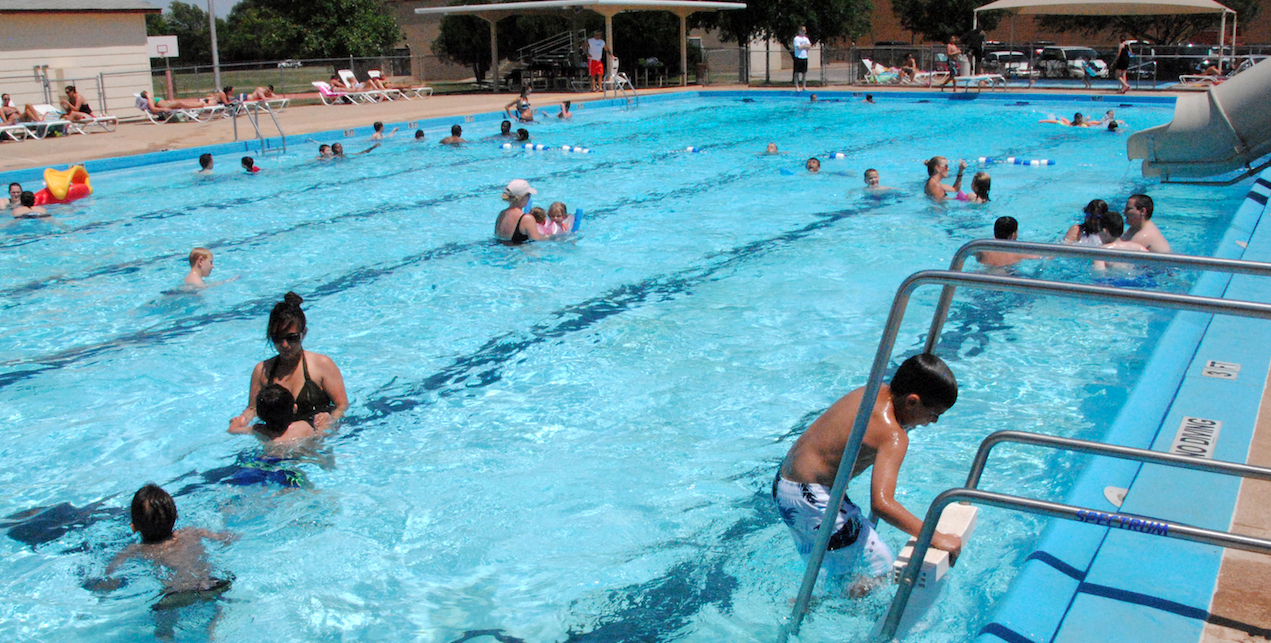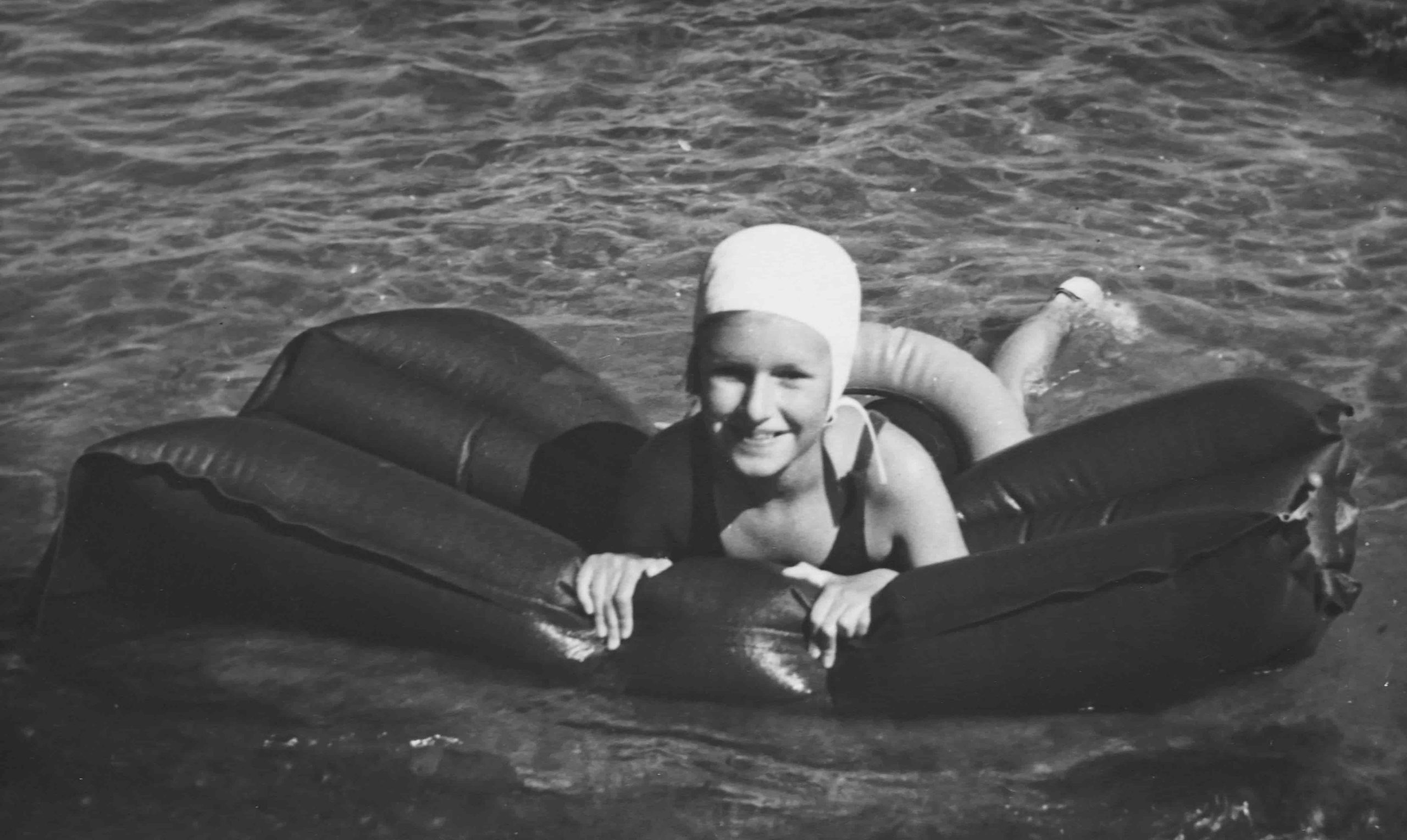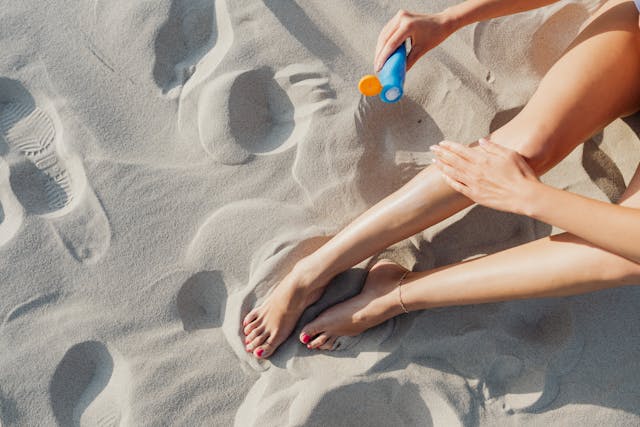Let us debunk some common swimming pool myths so that you can provide the safest swimming environment for everyone around.
If you have a swimming pool or are thinking about investing in one, this article is for you.
Chances are people have chimed in with their advice about pools and pool safety. The funny thing is that many of these “truths” actually have no factual basis and are indeed swimming pool myths.
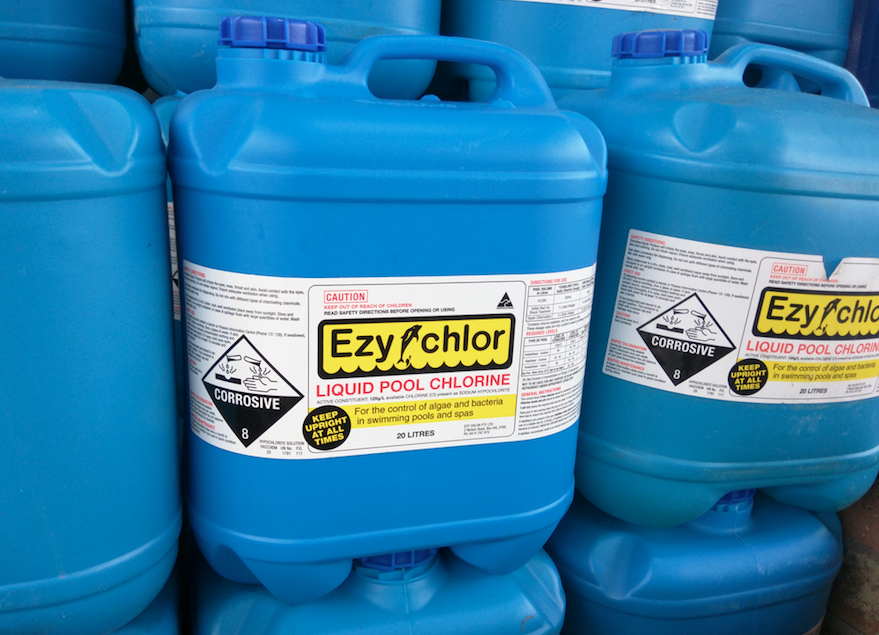
First Myth: Chlorine kills everything in the pool.
Swimming pool myths start with chlorine. Chlorine kills some bacteria and can stop some waterborne diseases from spreading. However, it cannot effectively kill recreational water illnesses. One of the most common recreational water illnesses is called Cryptosporidium (Crypto). It can lead to several tummy troubles, of which, no one wants to experience.
Second Myth: Chlorine burns your eyes if you open them under water.
If your eyes burn after being under water, chlorine is not the culprit. Acidic water with a low pH is to blame. Excessive rain can lead to a low pH. In order to fix the problem you can add sodium bicarbonate and pH increaser. (Remember to always properly store chemicals away for safety reasons.)
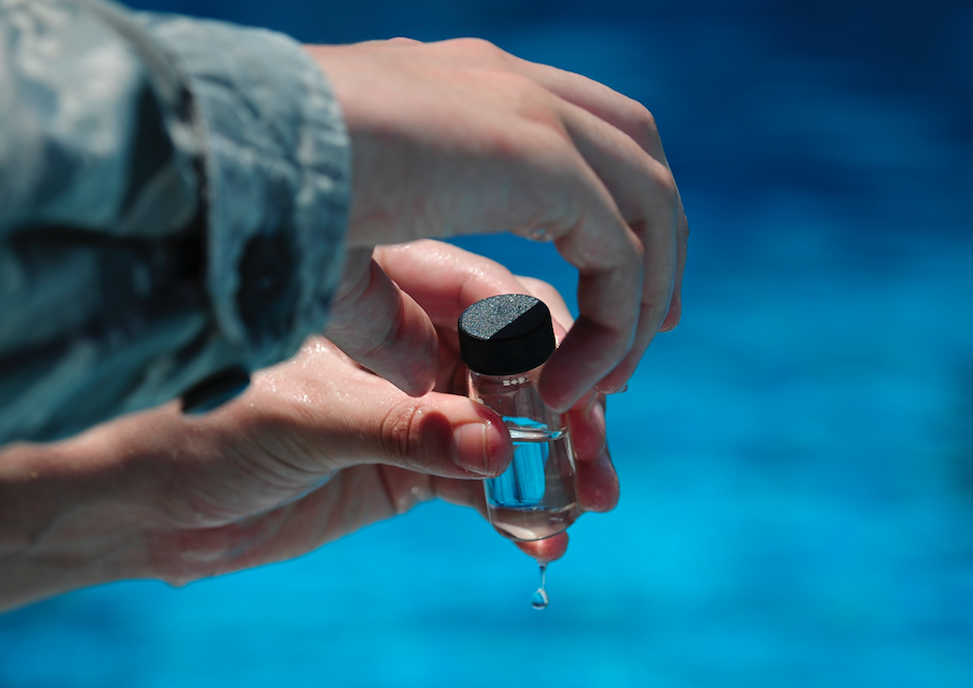
Third Myth: Pool water that is over-chlorinated will make your eyes turn red.
If your eyes turn red after being in the pool, it’s not because of chlorine. Although chlorine can cause some irritation, red eyes in the pool may be caused by all the other stuff that’s lurking…things like sweat and possibly even urine!
Fourth Myth: There’s a chemical that changes the water color if someone pees.
This myth must have been made up by a pool owner who wanted to scare people from peeing in the pool. Unfortunately, there is no magical chemical that will change colors in the event of urination. Although, such a chemical would be nice to let you know someone has used your pool as a toilet. As disgusting as it may sound, people could be doing it without you immediately knowing! After a little time has passed, you may notice your pool needs more chlorine. The amount of chloramines in the water may have increased, causing the chlorine to smell.
Fifth Myth: You must wait one hour after eating to swim
Moms everywhere will be sad to learn this is not true. Having to wait one hour to swim, after eating to avoid cramp is simply false. While saying it may get your kids to take a break from the pool, there’s no scientific evidence to back it up. Getting a cramp or stitch while swimming can happen at any time; it doesn’t matter how much time has passed since you’ve eaten. Sorry Mom!
One statement about swimming pools that certainly is not a myth, is that pool fences can help keep kids safe around the pool. This is undoubtedly true. To learn more about installing a pool fence at your home contact Protect a Child Pool Fence at 772-398-3400.
Click here to find a dealer near you to schedule your free pool fence estimate.

